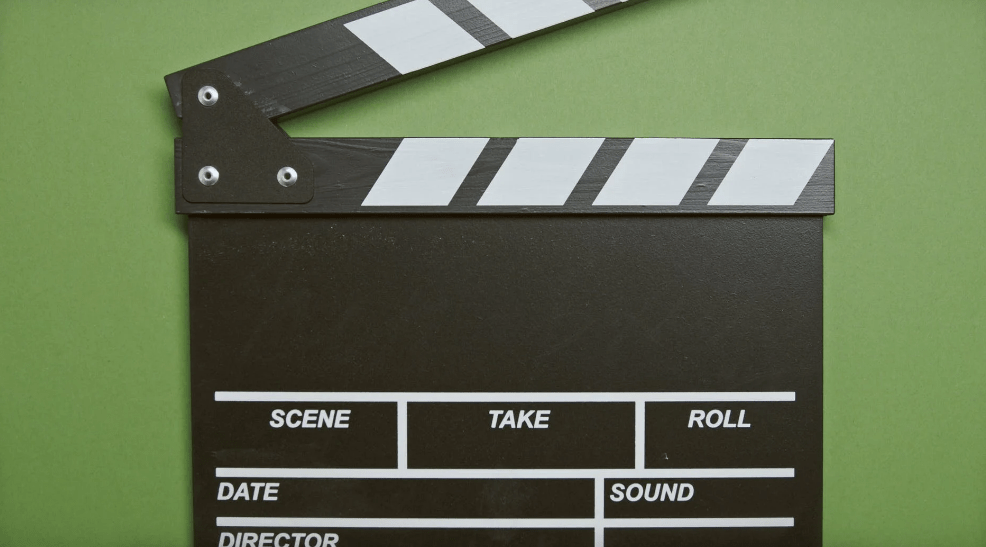Everyone loves to watch movies. But not everyone appreciates its history.
Before Star Wars, The Lord of the Rings, and the like rose into stardom, there were a lot of visual and audio experimental attempts that took place before these movies hit the scene. First, there was silent film era.
Before we dive into the evolution of sound in the cinemas, let’s take a brief introduction of the silent film era, since not many people know nor have heard about it just yet.
When did the silent film era end?
Back in the 1800s, the first films didn’t have sound. They were known as silent films, and they prevailed for nearly four decades before sound was added in the latter part of the 1920s.
It was technical challenges that triggered filmmakers to sync sound with film until devices like Audion completely took the film game to another level.
The first film to include sound was The Jazz Singer, which was released in 1927. Around the early 1930s, the silent film era became a thing in the theaters. Hollywood was fast to utilize new technology to their own advantage, all the while Europeans are still hesitant because they believed sound could lower the aesthetics of movies.
Still, silent films existed, but not prevailed anymore. Today, silent films may seem obsolete, but they embody premium quality that is unlikely to be appreciated now.
The evolution of sound in cinemas
The pinnacle of filmmaking took place around t1920s, when acting, silent film writing, music, and photography appealed to the emotional senses and parts of the movie.
Their biggest hurdle back in the day was synchronization of audio and visuals, and unlike the invention of film, the solution to this was brought up by Americans, particularly the following corporations: Western Electric, AT&T, Warner Brothers, and RCA. Two of the mentioned corporations formed Vitaphone, which developed the first commercially viable sound system, which was essentially a large phonograph platter that is hooked up to a film projector with large straps and harnesses. Although rather flimsy, this apparatus was replaced with a strip of celluloid prepped for sound that runs down alongside the film strip so that both of them remain in sync.
The key problem
However, despite this invention, sound still presented a lot of problems. The early sound equipment were huge and noisy, and had to be stored in a blimp, a term for their own soundproof room. It took a long while before someone found out that you could move a microphone simply by placing it at one end of a stick, called “boom.” So, if you’ll notice it, the first sound films are static because actors had to speak in front of a static mic.
Another problem is that actors do not like how they sound on the silent screen. It was a huge roadblock for silent scene writers, who are finding that perfect balance in sound scripts between dialogue and action.
The age of advanced sound-on-film
Back in 1919, American inventor Lee De Forest was lauded with several patents that lead to the world’s first optical sound-on film commercialized technology. In the system, the sound track was photographically recorded to fit the side of the strip of the fil to create a so-called “married” print. Over the succeeding four years, he continuously improved his system with the help of another American inventor, Theodore Case.
On April 15, 1923, New York’s Rivoli Theater screened the first commercial screening of movies with sound-on-film, which set the standard for the movies of today. It consisted of a group of short films that come in varying lengths while featuring popular stars back in the day: Sophie Tucker, Eddie Cantor, Harry Richman, and George Jessel, among others—all of which presented under the name of De Forest Phonofilms.
Fast forward to 1990, where Kodak introduced Cinema Digital Sound (CDS) during the premiere of Dick Tracy. CDS was a technology that used Delta Moduation and a 5.1 system that has left, right, center, left surround, right surround, and low frequency effects channel.
In 1992, Dolby Laboratories introduced Dolby Digital with the premiere of Batman Returns. This is a 5.1 format based that is placed between the sprocket holes that allow the analogue tracks to be retained.
The following year, the world was introduced to two digital sound formats: SDDS and DTS. The latter was known as Digital Theater Systems, which premiered with Jurassic Park. This involved synchronizing a CD-ROM with the movie by utilizing a timecode track between the analogue soundtrack and picture. Likewise, this also utilized a data reduction algorithm they referred to as “Coherent Acoustics” to minimize the data required for it.
On the other hand, SDDS, or Sony Dynamic Digital Sound was introduced during the premiere of the Last Action Hero, a system that has 7.1 sound.
Conclusion
Many people may not enjoy silent films as much as our grandparents before, but it doesn’t mean we can’t appreciate their historical role in the evolution of sound in the cinema.

